You hear it all of the time in screenwriting: “show, don’t tell.” Many of us tend to nod our heads in agreement, whether or not we get it. It’s quite a simple phrase, only three words with a comma thrown in to separate the command from the negation. And yet it can stump many of us for years as we get back review after review of scripts with those words emblazoned in bleeding red letters across the cover page.
So what exactly does that phrase mean, and why is it so important?
A screenplay is a blueprint for a story told in the medium of film. Quite literally it is a visual story. And yet a screenplay is told in words, a medium of communication that lends itself more to the internal world. There is a temptation to write it like a book or to explain what the characters are feeling through dialogue. Resist that urge, please.
Remember that a film is a visual story. Anything that’s on the script’s page is what should be shown on the screen. Anything happening inside the characters should be shown externally in some fashion. Never beat the audience over the head with “I feel…” lines from the characters. They are there, and they are feeling something. Show the audience how they feel, don’t tell them how they feel.
Visual stories also do not rely on solely on dialogue. This is telling, not showing. I know, you’re probably thinking that the audience won’t understand what you’re trying to say visually so you have to “back it up” with a long slice of dialogue. Again, resist that urge. Not everyone is going to understand or like what you write. And your audience is not dumb.
So what do we know now about “show, don’t tell”? Keep your scene action and dialogue focused solely on what is to be seen and heard on the hypothetical movie screen in your head. If you can see it and how it plays out inside your head, you’ll stand a much better chance of showing and not telling.
One thought on “Dissecting “Show, Don’t Tell””
Comments are closed.

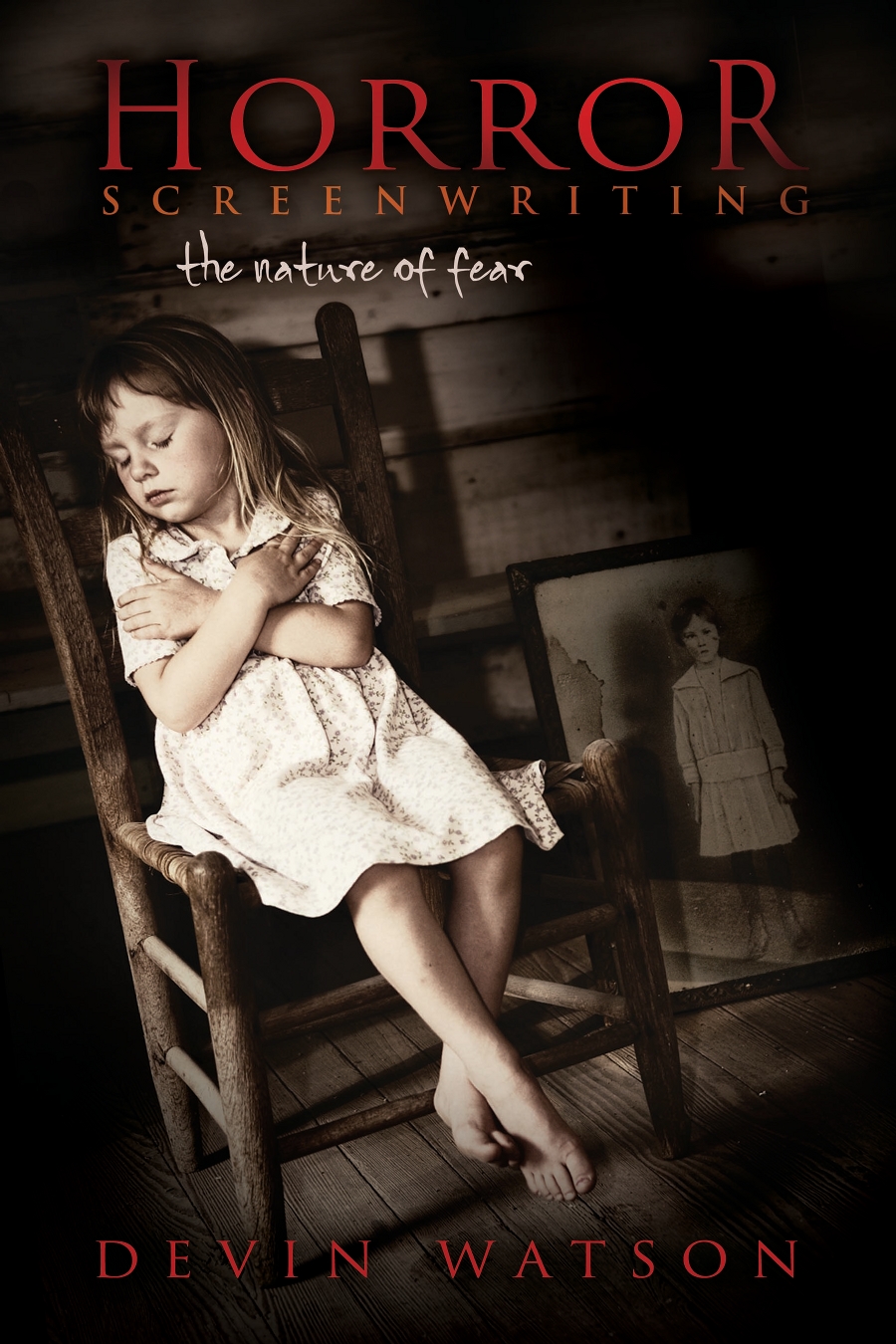
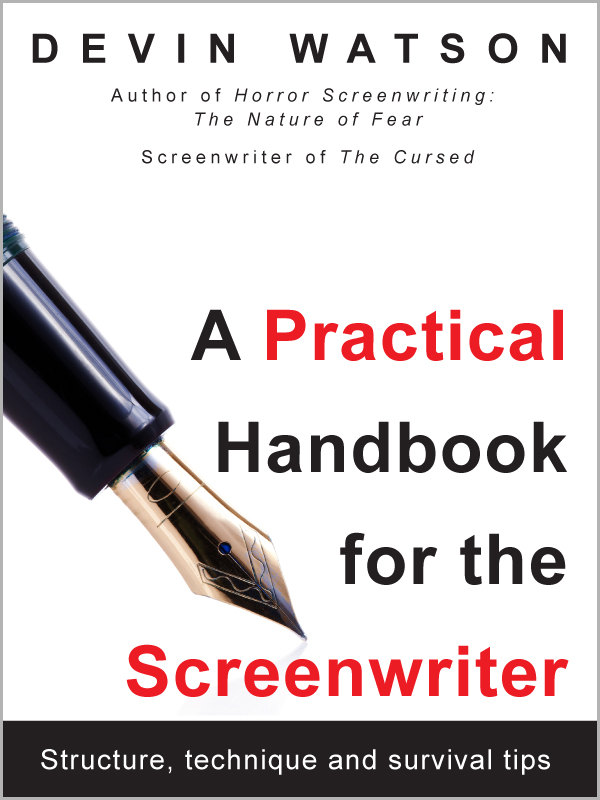
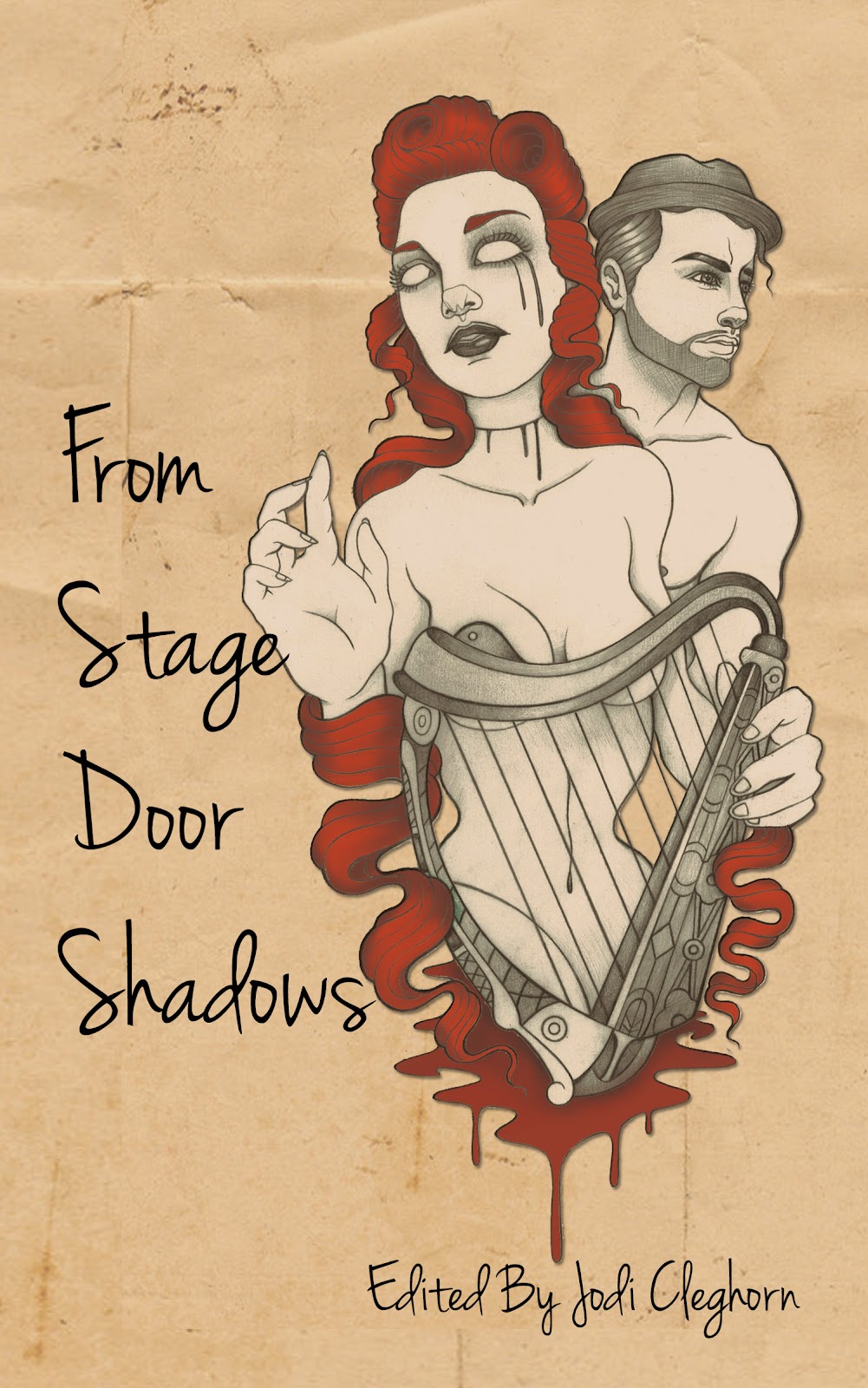
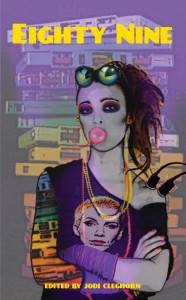
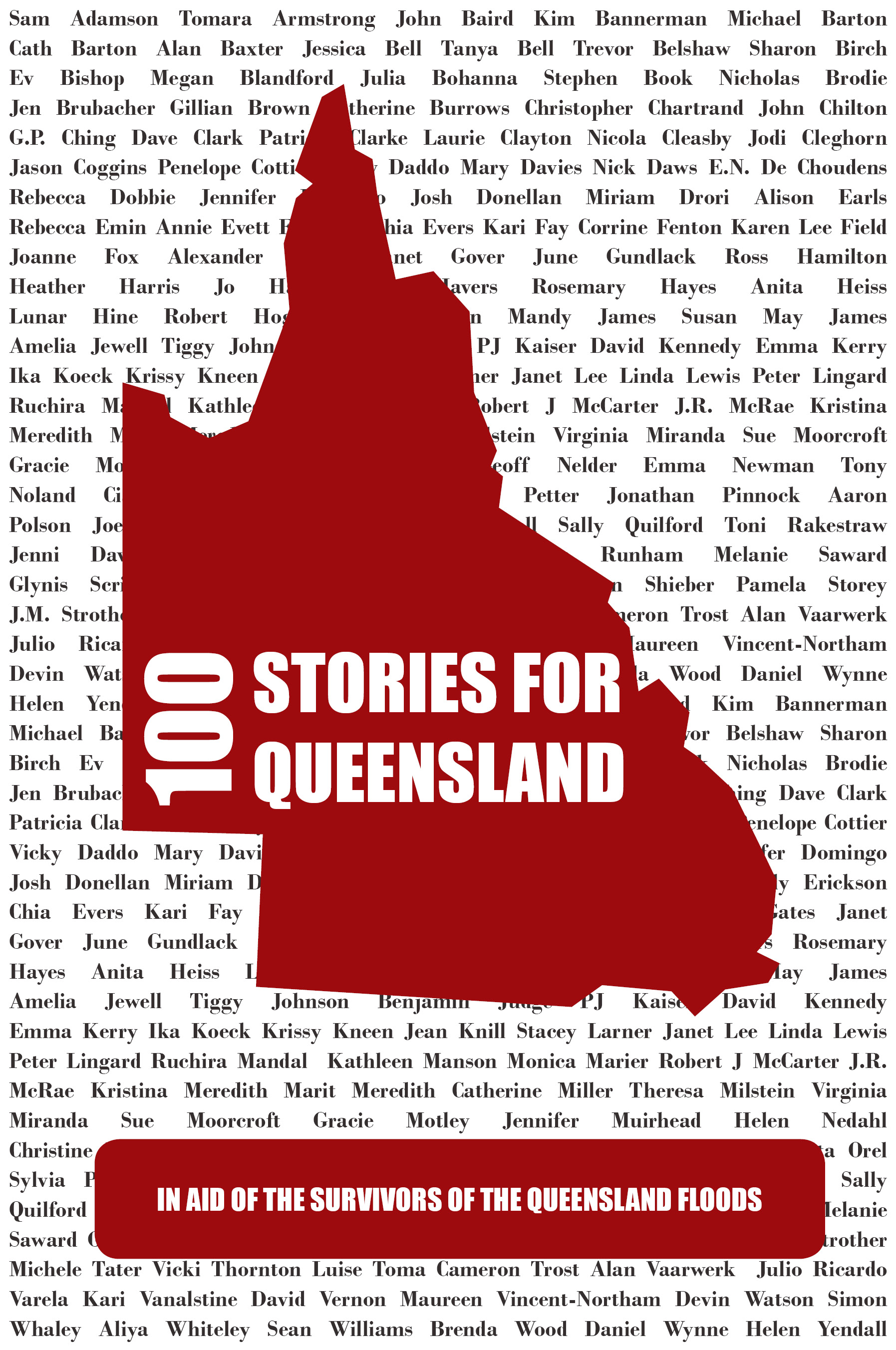
I started putting this motto into practice over the past year – I almost have to scold myself if I feel I’m straying away from it. Free-writing is a great way to unload abstract notions before along oneself to continue to a place of more structured writing.